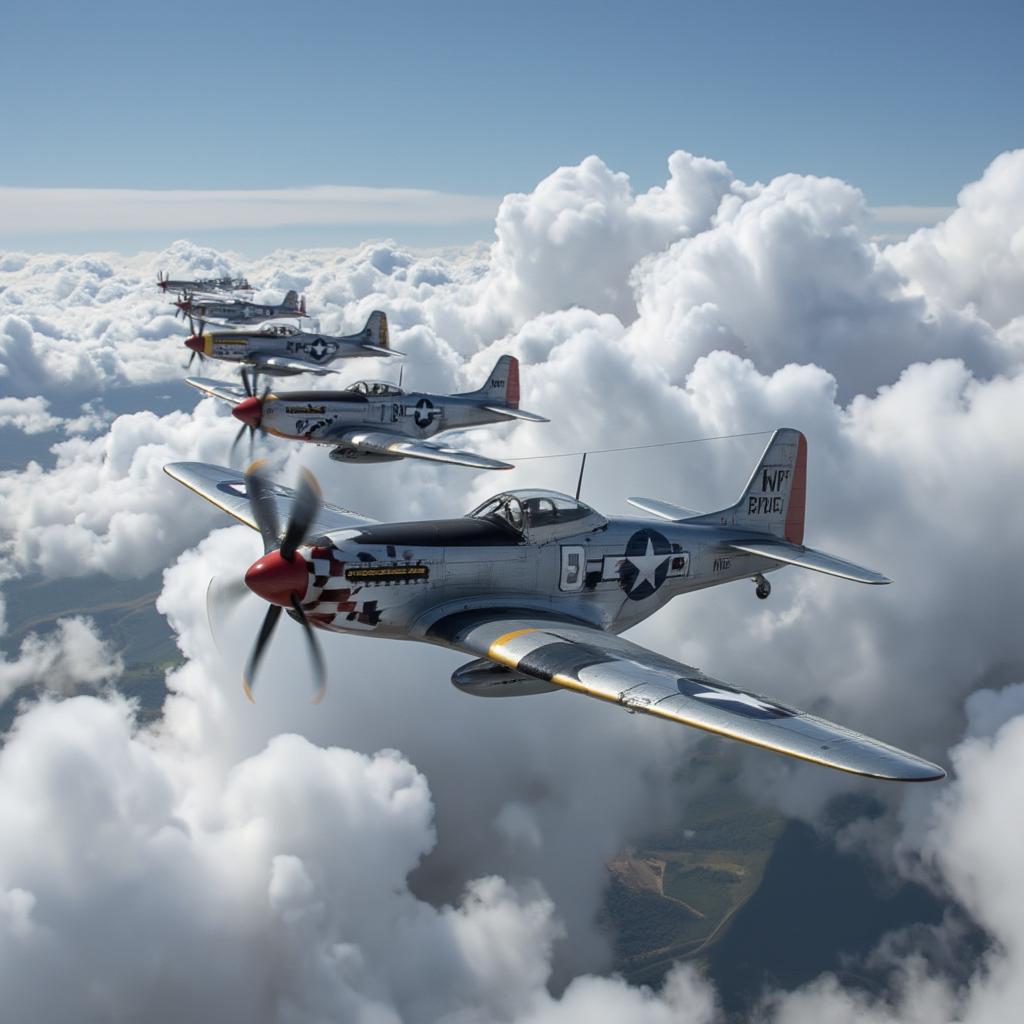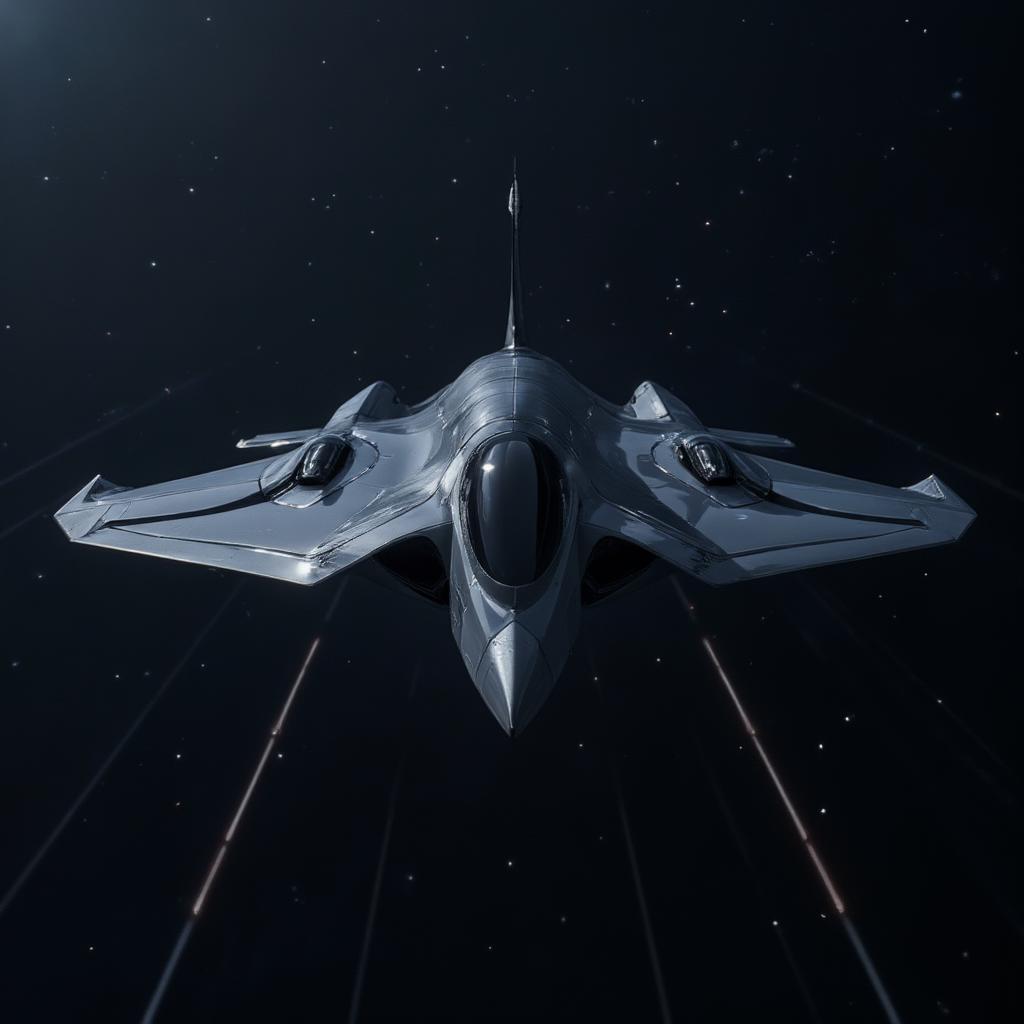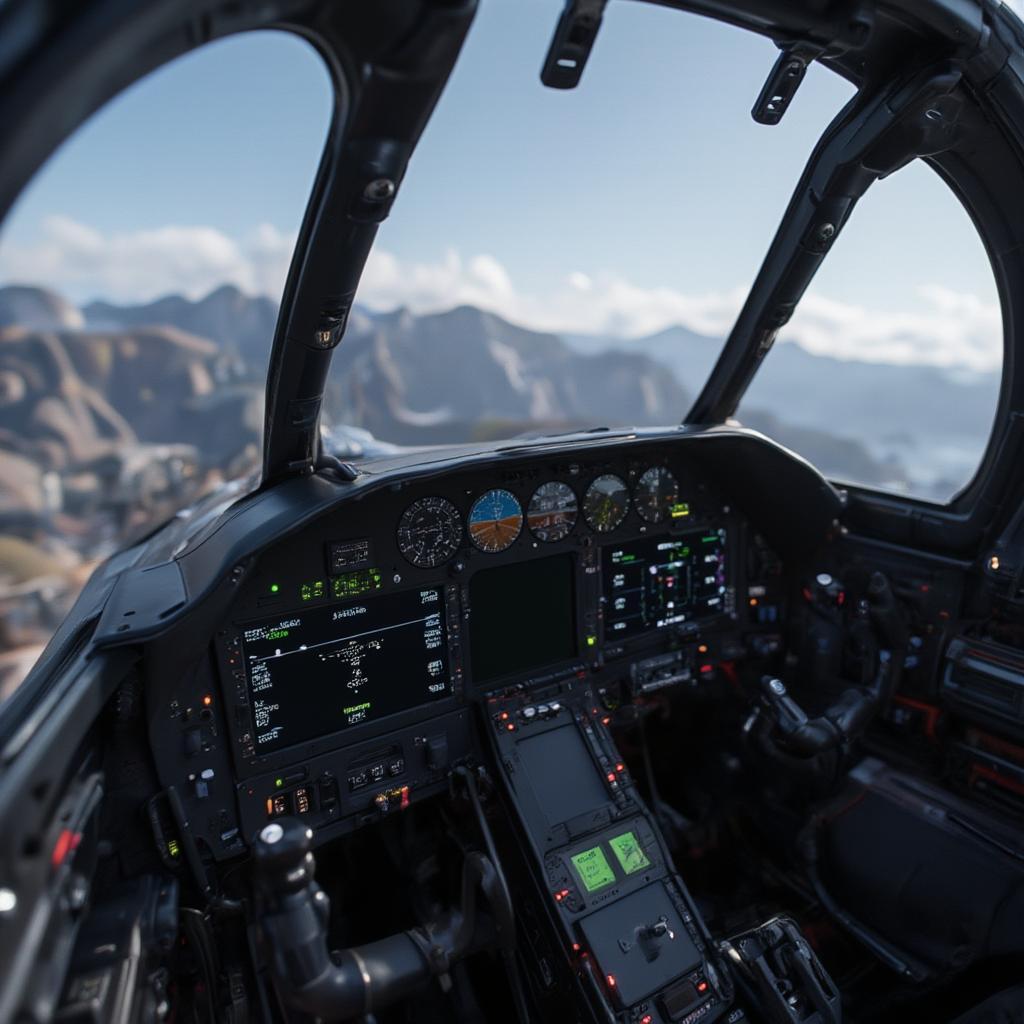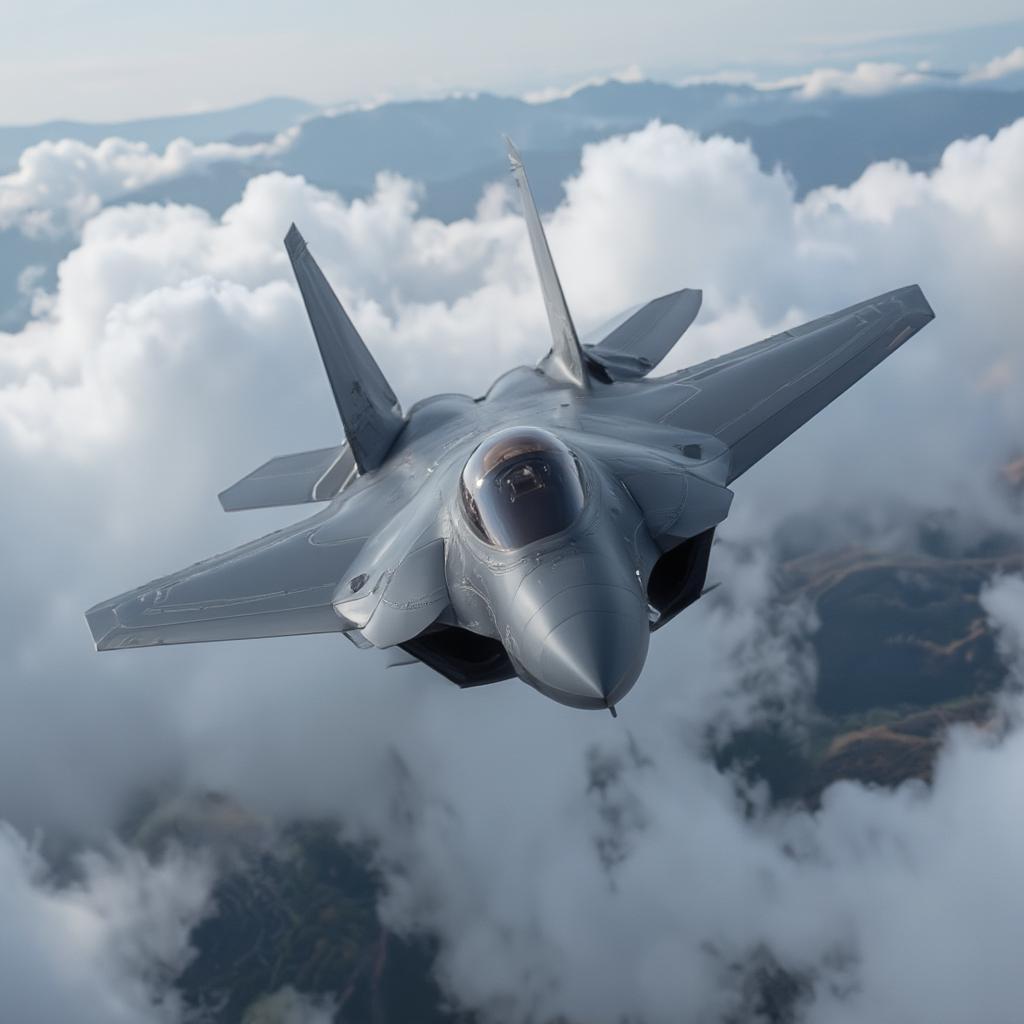Top 4.5 Generation Fighter Aircraft: Pushing the Boundaries of Air Combat
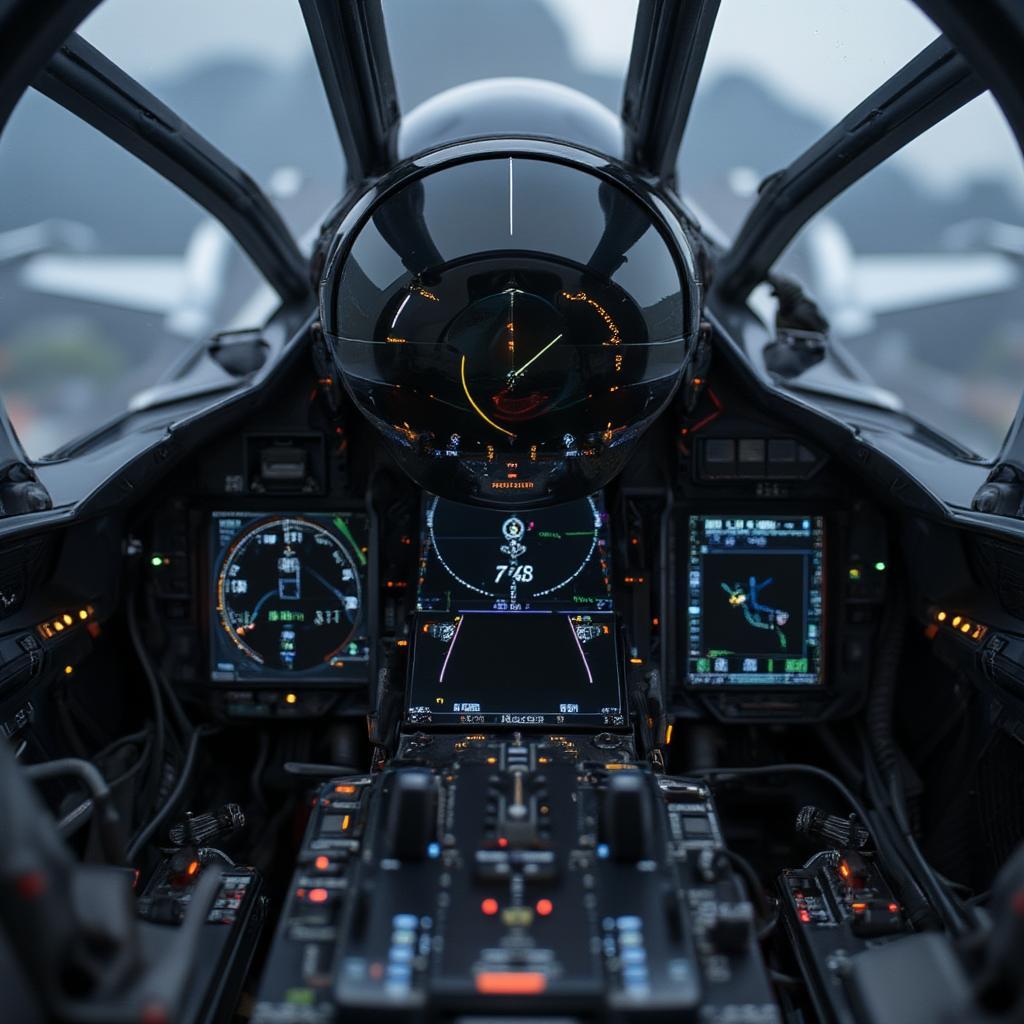
The landscape of aerial warfare is constantly evolving, and while fifth-generation fighters grab headlines, the Best 4.5 Generation Fighter Aircraft are proving to be formidable and cost-effective assets in modern air forces. These advanced jets represent a crucial bridge between legacy platforms and the cutting-edge technology of stealth fighters. They integrate significant upgrades in avionics, sensor fusion, and weapons systems, making them exceptionally relevant in today’s complex geopolitical environment. We’re not just talking about incremental improvements; these are paradigm shifts in capability.
What Defines a 4.5 Generation Fighter?
Before diving into specifics, let’s clarify what differentiates these aircraft. Unlike their fourth-generation predecessors, 4.5 generation fighters incorporate significant advancements, blurring the lines with fifth-generation technology. Think of it as getting a lot of the ‘good stuff’ without the sticker shock of a true stealth platform. Key features typically include:
- Advanced AESA radar: Active Electronically Scanned Array radar provides enhanced detection ranges, tracking of multiple targets, and resistance to jamming.
- Superior sensor fusion: This combines data from various sensors – radar, infrared, electronic warfare systems – into a unified tactical picture for the pilot.
- Network-centric warfare capabilities: Seamless communication and data sharing with other assets, enabling a collaborative operational environment.
- Increased use of composite materials: These lighter, stronger materials enhance performance and reduce radar cross-section.
- Highly advanced electronic warfare suites: These offer robust self-protection against radar and missile threats.

Key Players in the 4.5 Generation Arena
Several aircraft stand out as exemplars of this generation. Let’s look at some of the most influential:
The Boeing F/A-18E/F Super Hornet
The Super Hornet, a mainstay of the US Navy, embodies the capabilities of a 4.5 generation fighter. It’s a versatile platform, capable of both air superiority and strike missions, with potent air-to-air and air-to-ground capabilities.
- Active Electronically Scanned Array Radar: The Super Hornet’s APG-79 AESA radar provides exceptional situational awareness.
- Advanced Electronic Warfare Suite: The ALQ-214 Integrated Defensive Electronic Countermeasures (IDECM) protects against a wide spectrum of threats.
- Network-Centric Capabilities: The Super Hornet seamlessly integrates with other naval assets, enhancing overall combat effectiveness.
“The F/A-18E/F Super Hornet is a testament to the success of iterative upgrades. It provides an exceptional balance of capability and cost-effectiveness,” stated retired Air Force General Thomas “Hammer” Harrison, an expert on modern air combat.
The Dassault Rafale
This French-designed marvel is a true multirole fighter, adept at both air-to-air combat and ground attack. It is used by several countries. The Rafale’s flexibility and advanced technology make it a force to be reckoned with.
- RBE2 AESA Radar: Offers long detection ranges and exceptional tracking capabilities.
- Spectra Electronic Warfare System: Provides a comprehensive self-protection system against various threats.
- Advanced Weaponry: The Rafale is capable of carrying a wide array of air-to-air and air-to-ground weapons.
The Eurofighter Typhoon
A collaborative project between several European nations, the Eurofighter Typhoon is a highly agile and capable air superiority fighter. Its advanced technology and maneuverability make it a formidable opponent.
- CAPTOR AESA Radar: The Typhoon’s radar provides excellent detection capabilities.
- Advanced Defensive Aids System (DASS): Provides a high degree of self-protection against enemy threats.
- High Maneuverability: The Typhoon excels in close-quarters air combat.
The Sukhoi Su-35S
Russia’s Su-35S is a heavily upgraded version of the Su-27 Flanker. Its combination of powerful engines, advanced sensors, and long-range weaponry makes it a significant player.
- Irbis-E Passive Electronically Scanned Array Radar: Provides excellent long-range detection and tracking capabilities.
- High Agility: The Su-35S is extremely maneuverable, making it a formidable opponent in close combat.
- Long Range Weapons: Equipped with a variety of long-range air-to-air missiles.
Why Are 4.5 Generation Fighters Still Relevant?
With the increasing deployment of fifth-generation fighters, you might wonder why 4.5 generation aircraft are still crucial. There are several reasons:
- Cost-Effectiveness: These aircraft are significantly less expensive to purchase and operate than fifth-generation fighters, allowing for larger fleet sizes.
- Technological Maturity: 4.5 generation technology is well-established and reliable, with proven performance in combat.
- Interoperability: They seamlessly integrate into existing air forces, enhancing overall combat effectiveness.
- Upgrade Potential: These aircraft offer significant room for upgrades, ensuring their relevance for years to come.
“The 4.5 generation fighters are not just a stepping stone; they are a critical component of modern air power. Their cost-effectiveness and technological maturity make them a cornerstone of many air forces,” observed aerospace analyst, Dr. Anya Sharma, in a recent publication.
Real World Applications
These jets are not just for show; they are active participants in various conflicts and operations around the globe. Their capabilities allow them to:
- Enforce no-fly zones: Their radar and range allow for effective monitoring and control of airspace.
- Conduct precision strikes: They can deliver precision-guided munitions against ground targets.
- Provide air cover: They are critical for protecting friendly forces.
- Engage in air combat: Their advanced sensors and weaponry enable them to defeat enemy aircraft.
Future Trends in 4.5 Generation Fighters
While the focus shifts to sixth-generation fighters, don’t count out the 4.5 generation. These platforms will continue to evolve:
- Further integration of AI: Expect more integration of artificial intelligence for increased autonomy and decision-making support.
- Advanced Electronic Warfare: Countering new threats with even more robust countermeasures.
- Hypersonic Weapon Integration: The ability to deploy these high-speed weapons will significantly enhance their strike capabilities.
- Data Fusion Improvements: Expect even better sensor fusion to provide a more comprehensive situational awareness.
Are 4.5 Generation Fighters The Future?
While fifth generation fighters represent the pinnacle of technological capability, the best 4.5 generation fighter aircraft have proven they can be powerful and cost effective. These jets will remain an integral part of modern air forces and are still going to play an important role for the foreseeable future. They are the workhorses of the air combat world, providing essential capabilities in a variety of mission sets. They serve as an essential bridge to the future, while they are not the highest level of technology, these 4.5 generation fighters are a proven and reliable part of modern air forces around the world.
FAQ About 4.5 Generation Fighter Aircraft
- What is the main difference between a 4th and 4.5 generation fighter? The primary difference lies in the integration of advanced sensors like AESA radar, superior sensor fusion, and increased network-centric capabilities, enhancing overall situational awareness and lethality compared to fourth-generation platforms.
- How do 4.5 generation fighters compare to 5th generation fighters? Fifth generation fighters boast additional capabilities like stealth and supercruise, while 4.5 generation fighters focus on cost-effectiveness, technological maturity and significant performance upgrades over legacy aircraft.
- Which is the best 4.5 generation fighter? The best aircraft varies based on specific needs. However the F/A-18E/F Super Hornet, Rafale, Eurofighter Typhoon, and Su-35S are all contenders for best in the class due to specific strengths.
- Are 4.5 generation fighters still being produced? Yes. While production numbers vary, they are still being produced and continue to be improved upon by their manufactures with the best technology available, due to the reliability and cost effectiveness of these platforms.
- How long will 4.5 generation fighters remain relevant? With continued upgrades and technological maturation, these jets are expected to remain a relevant component of air forces globally for the next few decades.
- Can 4.5 generation fighters be upgraded to 5th generation? Upgrading to fifth-generation levels is generally not feasible due to foundational differences in design. However, 4.5 generation aircraft can be upgraded to provide improvements to radar, sensors and weapon systems.
- What role do 4.5 generation fighters play in modern warfare? These aircraft provide crucial capabilities in air superiority, strike missions, and support roles. They provide a balance of performance and cost-effectiveness within many air forces.
- Are 4.5 generation fighters only used in the military? Primarily they are employed by various national air forces, though some may be used for training or specific missions by civilian organizations related to military applications.

